



If you wander into Budapest’s VIII. kerület,also known as Józsefváros,you’ll immediately sense a neighborhood alive with contrasts and stories. It’s a place where the old and new dance together—ornate,crumbling facades stand shoulder to shoulder with vibrant street art and buzzing cafés. The air carries a mix of freshly brewed coffee,sizzling street food,and the faint,nostalgic scent of old books from the nearby university district. Walking these streets feels like stepping into a living,breathing novel where every corner has a tale to tell. The vibe here is unpretentious and warm,with locals chatting animatedly over pálinka or sharing laughs in cozy ruin pubs. You’ll hear the hum of trams rattling past,the clinking of glasses,and the occasional street musician’s melody weaving through the urban rhythm. It’s a neighborhood that embraces its imperfections,giving it a raw,authentic charm that’s hard to find in more polished parts of the city. What makes Józsefváros truly special is its cultural heartbeat—museums,theaters,and galleries nestle alongside bustling markets and leafy parks. Grab a lángos from a street vendor,sit on a bench in Orczy Park,and watch the world go by. It’s a place where you can feel the pulse of Budapest’s history and creativity all at once,inviting you to slow down,explore,and soak it all in.
The information on this page is currently being reviewed by Tripkliq and should be used as a guide only
Eng word: Hello
Eng pronunciation: See-ya
Local language: Szia
Eng word: Goodbye
Eng pronunciation: Vees-laht
Local language: Viszlát
Eng word: Thank you
Eng pronunciation: Kuh-suh-nuhm
Local language: Köszönöm
Eng word: How much
Eng pronunciation: Men-yee-beh keh-rool
Local language: Mennyibe kerül
Eng word: Toilet
Eng pronunciation: Vay-tsay
Local language: WC
Eng word: Help me
Eng pronunciation: Sheg-eet-sheg
Local language: Segítség
Eng word: Yes
Eng pronunciation: Ee-gen
Local language: Igen
Eng word: No
Eng pronunciation: Nem
Local language: Nem
Eng word: Excuse me
Eng pronunciation: El-ney-zesht
Local language: Elnézést
The Palace District in Budapest VIII. kerület is renowned for its grand 19th-century palaces, which were once the residences of Hungarian aristocracy. Today, these buildings house universities, cultural institutions, and embassies.
The Hungarian National Museum, located in VIII. kerület, was founded in 1802 and is the oldest public museum in Hungary. It showcases the history, art, and archaeology of Hungary and the Carpathian Basin.
The Józsefváros Market Hall, built in 1897, is one of the oldest market halls in Budapest. It offers a vibrant atmosphere where visitors can experience local produce, traditional Hungarian foods, and crafts.
Rákóczi Square is a historic square in VIII. kerület, named after the Hungarian national hero, Francis II Rákóczi. The square has been revitalized and is now a popular spot for locals and tourists alike.
Erkel Theatre, located in VIII. kerület, is the second largest theatre in Budapest. It was opened in 1911 and is named after the famous Hungarian composer Ferenc Erkel. The theatre is known for its opera and ballet performances.
Mikszáth Kálmán Square is a charming square in VIII. kerület, named after the famous Hungarian writer Kálmán Mikszáth. The square is surrounded by historic buildings and is a popular spot for cafes and restaurants.
Blaha Lujza Square is a major transportation hub in VIII. kerület, named after the famous Hungarian actress Lujza Blaha. The square is known for its vibrant atmosphere and proximity to various cultural and commercial establishments.
The University of Theatre and Film Arts, located in VIII. kerület, is one of the most prestigious institutions for performing arts in Hungary. It has a rich history dating back to its founding in 1865.
Festetics Palace, located in the Palace District of VIII. kerület, is a stunning example of Neo-Renaissance architecture. It was built in the 19th century and now houses the Andrássy University Budapest.
In Budapest VIII. kerület, the most common Power Adaptor is Type C, Type F.


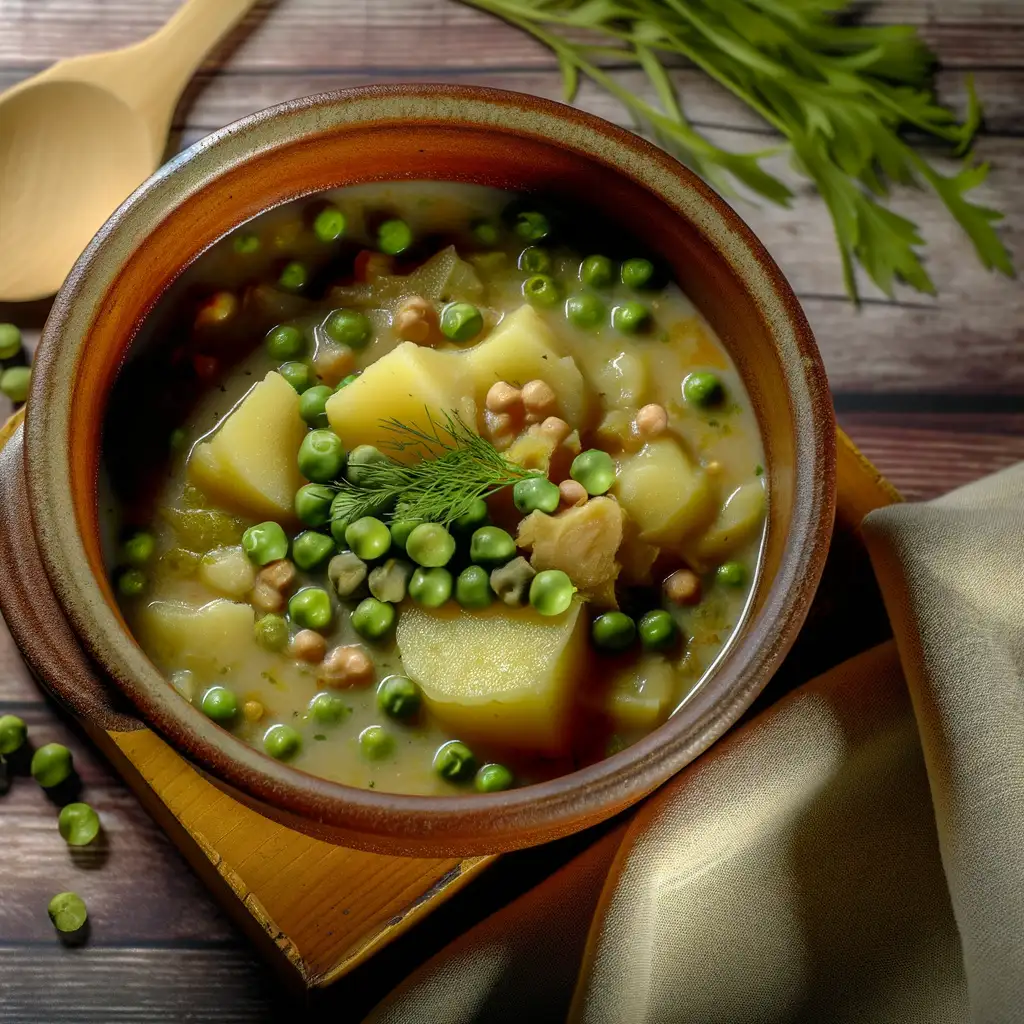
A thick vegetable stew, often made with potatoes, peas, or lentils, served as a side dish or main course.
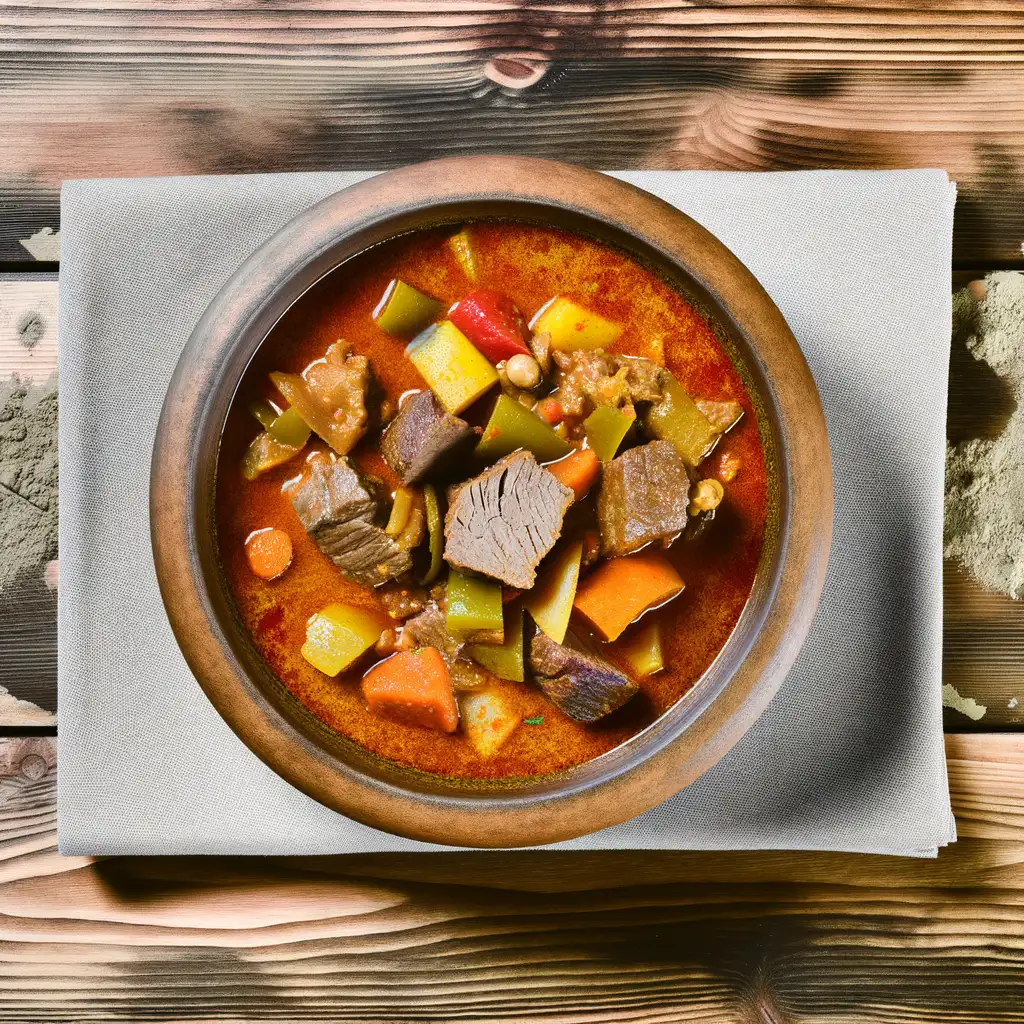
A traditional Hungarian stew made with beef, vegetables, and paprika, often served with bread.
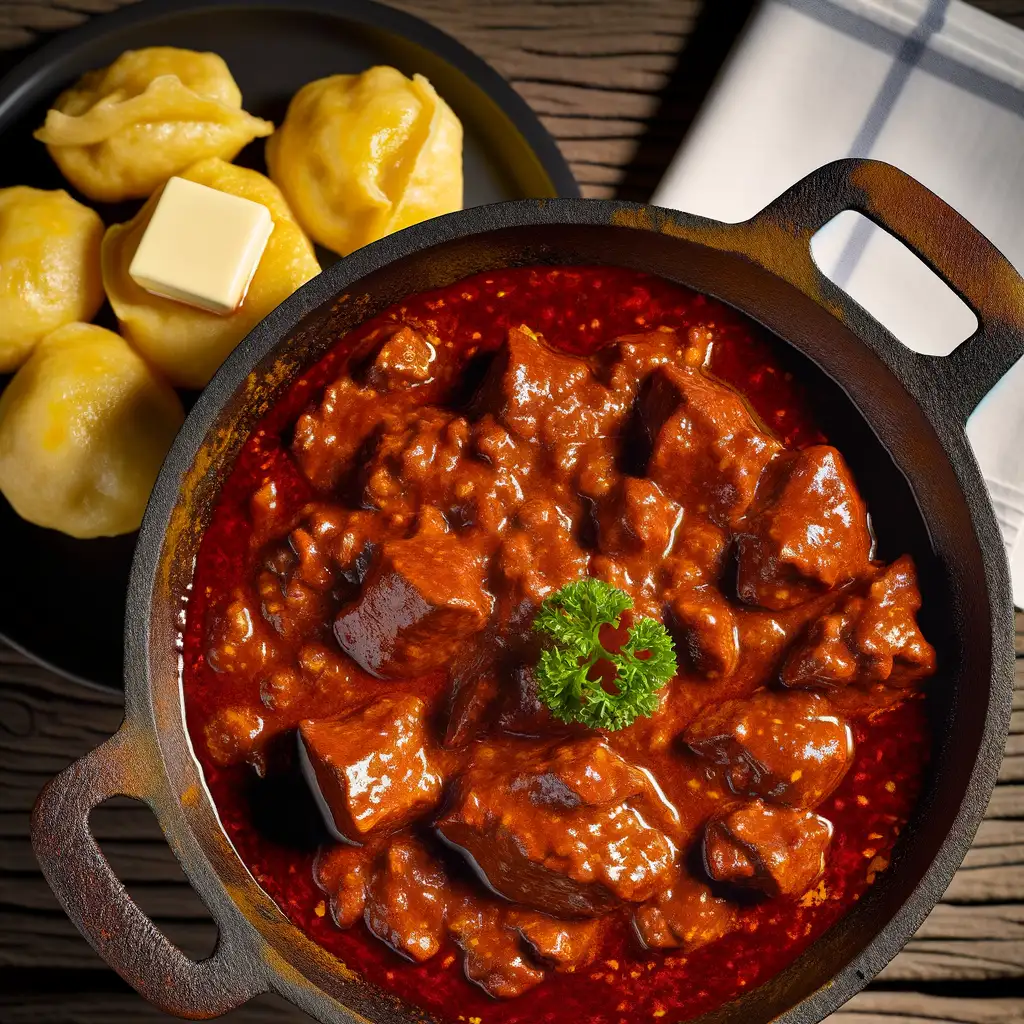
A meat stew similar to goulash, made with beef, pork, or chicken, cooked with onions and paprika.

A deep-fried flatbread typically topped with sour cream, cheese, or garlic, popular as a street food.

Savory pancakes filled with meat, typically served with a rich sauce, often found in local eateries.
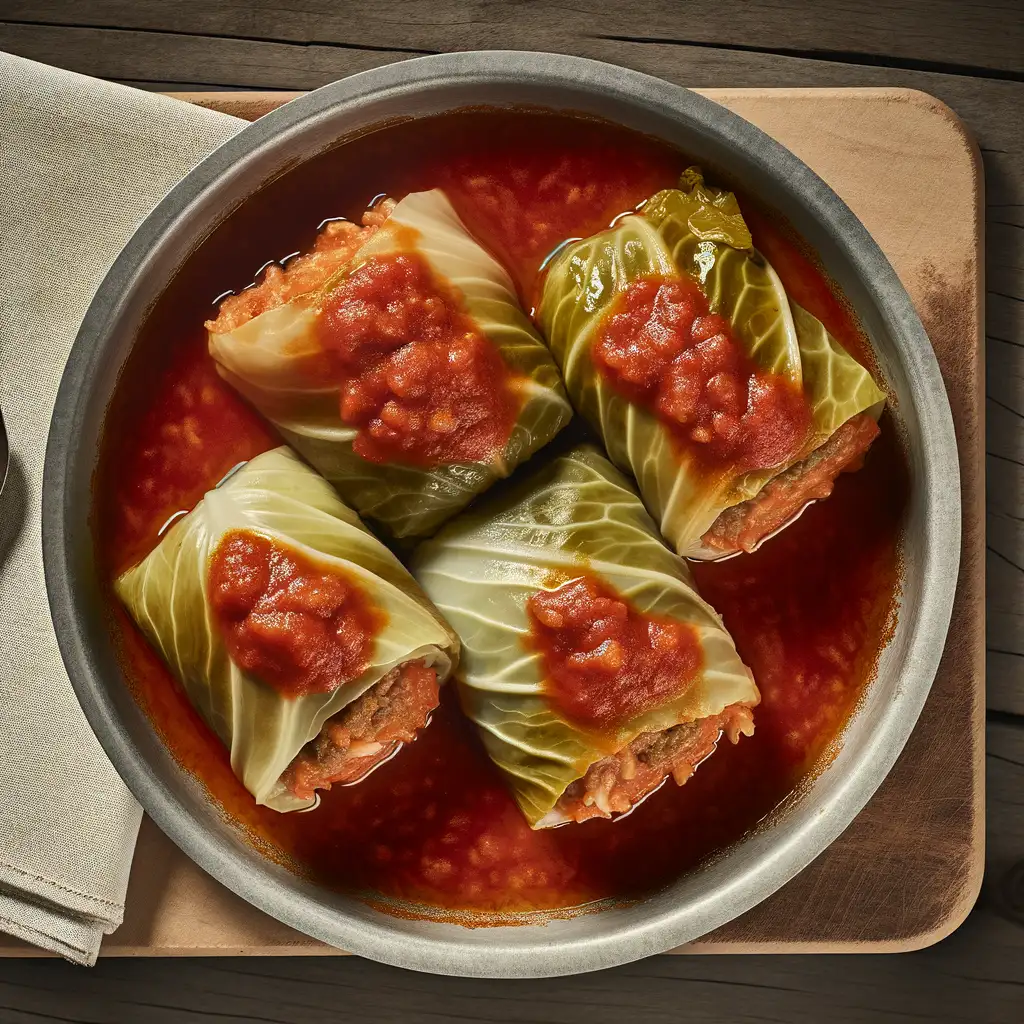
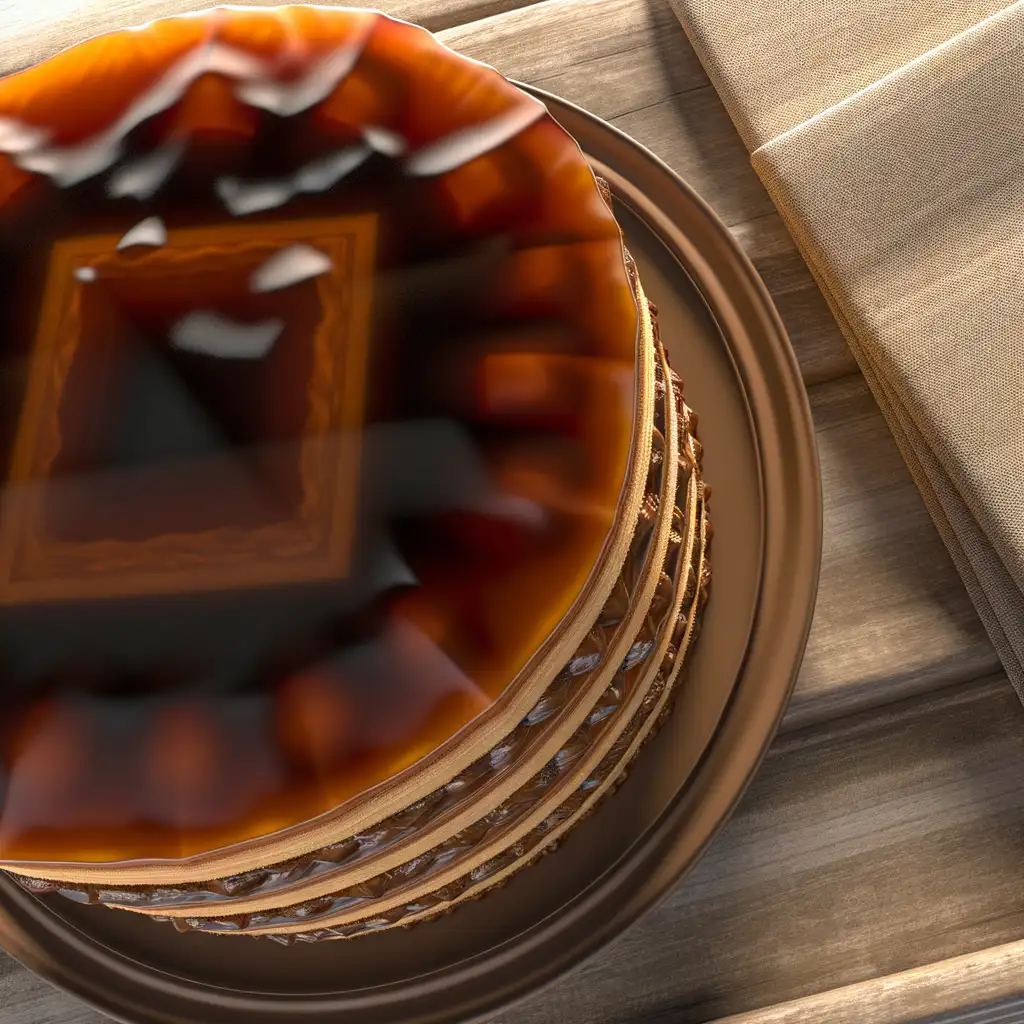

Stuffed cabbage rolls filled with a mixture of meat and rice, cooked in a savory tomato sauce.

A layered sponge cake filled with chocolate buttercream and topped with caramel, a classic Hungarian dessert.
Vienna feels like stepping into a living storybook where every street hums with history and charm. The moment you wander through its grand boulevards,you’re wrapped in a warm embrace of baroque architecture,cozy coffeehouses,and the gentle melodies of street musicians playing waltzes nearby. There’s a rhythm to the city — elegant yet inviting — where the past and present dance together effortlessly.
As you stroll along the Danube or through the lush gardens of Schönbrunn Palace,you catch the scent of freshly baked strudel mingling with the earthy aroma of roasted coffee beans from a nearby café. The city’s café culture is something special; sitting down with a slice of Sachertorte and a strong Viennese coffee feels like a small,delicious ritual. You’ll hear the soft clink of porcelain cups and the murmur of locals deep in conversation,making you feel instantly at home.
Vienna’s character is a blend of refined artistry and genuine warmth. It’s a place where grand opera houses and modern galleries coexist,and where the locals’ pride in their musical heritage is palpable. Whether you’re exploring the vibrant Naschmarkt with its colorful stalls or catching a live performance in a centuries-old concert hall,Vienna invites you to slow down,savor the moment,and soak in its timeless elegance.
Prague feels like stepping into a storybook where every corner hums with history and charm. The moment you wander onto the cobblestone streets of the Old Town,you’re wrapped in a warm,timeless embrace. The air carries a mix of fresh-baked pastries and rich coffee from cozy cafés,mingling with the faint scent of aged wood and stone from centuries-old buildings. As you stroll across the iconic Charles Bridge,the soft murmur of the Vltava River below blends with the distant melodies of street musicians,creating a soundtrack that’s both lively and soothing.
What’s truly captivating about Prague is its effortless blend of old and new. Gothic spires and baroque facades stand proudly alongside vibrant street art and bustling markets. The city pulses with a creative energy,from the quirky art galleries tucked away in narrow alleys to the lively beer gardens where locals and travelers clink glasses over hearty Czech fare. There’s a genuine warmth in the way people share their culture,whether it’s through a friendly chat in a pub or an invitation to a traditional music performance.
At night,Prague transforms into a magical place where the city lights dance on the river’s surface and the aroma of roasted chestnuts fills the air. It’s a city that invites you to slow down,savor every moment,and get lost in its stories. Trust me,once you’ve experienced Prague’s unique rhythm and soul,it stays with you long after you’ve left.
Imagine wandering through a city where the old world gently brushes against the new,and every corner hums with a quiet,inviting energy—that’s Zagreb. From the moment you step into its cobbled streets,you’re wrapped in a warm,lived-in charm. The air carries the scent of fresh coffee mingling with blooming linden trees,while the distant chatter from open-air cafés spills into the streets,inviting you to slow down and savor the moment. Zagreb doesn’t shout for attention; it welcomes you like an old friend,with a smile and a story.
The city’s character is a delightful blend of Austro-Hungarian elegance and vibrant Croatian spirit. Strolling through the Upper Town,you’ll catch glimpses of medieval towers and baroque facades,while the Lower Town buzzes with modern life—art galleries,quirky boutiques,and lively markets where you can taste local cheeses,honey,and the unmistakable sweetness of fresh figs. Music often drifts from street performers,adding a soundtrack to your exploration that feels both spontaneous and soulful.
What makes Zagreb truly special is its rhythm—unhurried yet alive. Whether you’re sipping a glass of robust Croatian wine in a cozy tavern or watching the sunset paint the rooftops in shades of gold and rose,there’s a sense of belonging here. It’s a city that invites you to not just see it,but to feel it,to become part of its story,even if just for a little while.
If you find yourself wandering through Okres Bratislava II,you’ll quickly notice a unique blend of old-world charm and modern energy humming in the air. It’s the kind of place where leafy streets invite you to slow down,while cozy cafés spill the rich aroma of freshly brewed coffee onto the sidewalks. The vibe here is relaxed but alive,like the city is quietly inviting you to explore its layers at your own pace. You might catch the distant laughter of locals chatting in Slovak,mixed with the occasional clink of glasses from a nearby wine bar,creating a soundtrack that feels both intimate and vibrant.
Walking through the neighborhoods,you’ll see a fascinating mix of architecture—from elegant Art Nouveau buildings to sleek,contemporary designs—each telling a story of Bratislava’s evolving character. The parks are lush and inviting,perfect for a lazy afternoon picnic or a peaceful moment watching the world go by. And if you’re a foodie,you’re in for a treat:local markets burst with fresh produce,and small bistros serve up traditional Slovak dishes with a modern twist,filling the air with the comforting scent of paprika and fresh herbs.
What really makes Okres Bratislava II stand out is its warm,welcoming spirit. It’s a place where you can feel the pulse of everyday life—families strolling,artists sketching in the sun,and friends gathering for an evening of music and laughter. Visiting here isn’t just about seeing a new place; it’s about feeling connected to a community that’s quietly proud of its roots and excited about its future.
Imagine stepping into a city where every corner feels like a scene from a timeless painting—Venice is exactly that kind of place. The moment you arrive,the gentle lapping of water against ancient stone buildings wraps around you like a soft melody. Instead of streets,there are winding canals,and instead of cars,gondolas glide silently beneath ornate bridges,their oars dipping rhythmically into the emerald water. The air carries a mix of salty sea breeze and the faint aroma of fresh espresso and baked pastries from nearby cafés,inviting you to slow down and savor the moment.
Venice has this magical,almost dreamlike quality. The light here is different—soft and golden in the mornings,casting long shadows on the labyrinth of narrow alleys and colorful facades. You’ll find yourself wandering without a map,getting delightfully lost among the bustling markets,where vendors call out in melodic Italian,selling everything from fresh seafood to vibrant Murano glass. The city’s rich history whispers from every corner,from the grandeur of St. Mark’s Basilica to the quiet charm of tucked-away piazzas where locals sip wine and chat as if time has paused.
What makes Venice truly unforgettable is its rhythm—slow,intimate,and deeply human. It’s a place where you can hear the laughter of children playing by the water,the clinking of glasses in cozy trattorias,and the soft hum of a street musician’s violin. Visiting Venice isn’t just about seeing a city; it’s about feeling its heartbeat,tasting its flavors,and becoming part of its endless story.
If you ever find yourself wandering through the sun-drenched streets of Dubrovnik,you’ll immediately feel like you’ve stepped into a living storybook. The city’s ancient stone walls rise proudly against the sparkling Adriatic,and as you stroll along the marble-paved Stradun,the salty sea breeze mingles with the scent of fresh pine and blooming bougainvillea. There’s a rhythm here—a gentle hum of life where history and modern charm dance together effortlessly.
Dubrovnik’s character is woven into every corner:the clatter of café cups,the murmur of locals chatting in cozy taverns,and the distant call of seagulls overhead. You can almost taste the city in the air—briny and fresh,with hints of grilled seafood and ripe figs from the markets. Sitting at a seaside restaurant,watching the sun dip behind the fortress walls,you’ll savor dishes bursting with Mediterranean flavors,paired with a glass of crisp Croatian white wine.
What makes Dubrovnik truly special is how it balances its rich past with a vibrant present. The city’s narrow alleys invite exploration,revealing tucked-away galleries,artisan shops,and lively squares where music spills out into the streets. Whether you’re tracing the footsteps of ancient mariners or simply soaking up the golden light on a quiet terrace,Dubrovnik feels like a warm embrace—inviting,timeless,and utterly unforgettable.
Scammers may install skimming devices on ATMs to steal card information and PINs from unsuspecting users.
Tourists may be offered unfavorable exchange rates or counterfeit currency at unofficial exchange points.
Scammers posing as police officers may ask tourists to show their wallets or passports, claiming to check for counterfeit money, and then steal cash.
Some taxi drivers may not use the meter or take unnecessarily long routes to overcharge tourists.
Tourists may be sold counterfeit tickets to attractions or scammed into paying for non-existent tours.
Scammers pretending to be friendly locals may offer unsolicited help, then demand money or lead tourists to overpriced services.
Crowded areas, public transport, and tourist attractions are hotspots for pickpockets targeting distracted tourists.
Some establishments may inflate bills or add hidden charges, especially in tourist-heavy areas.
Scammers set up games like the shell game, where tourists are tricked into betting money on a rigged game.
Tourists may be lured into strip clubs with promises of cheap drinks, only to be presented with exorbitant bills and threatened if they refuse to pay.
Hungary has strict drug laws, and the possession, use, or distribution of illegal drugs is a criminal offense. This includes cannabis, which is illegal for both recreational and medicinal use. Penalties for drug-related offenses can be severe, including imprisonment. Tourists should avoid any involvement with illegal drugs while in Budapest VIII. kerület or anywhere in Hungary.
In Budapest VIII. kerület, as in the rest of Hungary, smoking is prohibited in all enclosed public spaces, including restaurants, bars, and public transportation. Smoking is also banned in certain outdoor areas such as playgrounds, bus stops, and within a certain distance from the entrances of public buildings. Designated smoking areas are usually available in some public places and establishments.
Vaping is subject to similar regulations as smoking in Budapest VIII. kerület. It is prohibited in enclosed public spaces and certain outdoor areas. Vaping is also restricted in public transportation and within a certain distance from public building entrances. Designated areas for vaping may be available in some locations.
What are other people saying about Budapest VIII. kerület?
Recent Social posts about Budapest VIII. kerület
There is nothing to show you for now.